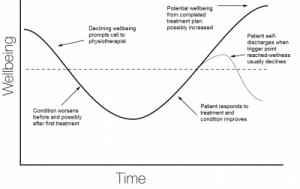At Petersfield Physiotherapy and Sports injury Clinic we believe that everyone is entitled to a pain free, active lifestyle and our purpose is to help you to help yourself achieve that through pain relief, improved mobility, exercise and education.
The aim of physiotherapy is to identify the cause of your pain or injury, stimulate the natural healing response and work with you to improve function.

But, once the healing process is underway and you start to feel better, how do you maintain your improvement and prevent deterioration or recurrence of your pain? At the end of the day you will go back to your daily routine of driving, working at your computer, your regular runs or visits to the gym, quite likely the cause of your pain in the first place.
Unfortunately, as we get older the speed at which we recover from injury slows down. In our teens and 20s we were pretty much invincible. We could get away with abusing our bodies without any lasting impact. In our 30s it would take a few more days but once we hit 40 and beyond, niggles become much harder to shake off.
The degenerative process starts to take hold as we approach middle age, depending on lifestyle, family history and previous injury. There is a sudden realization that we can’t take our health for granted and we need to work harder to maintain our mobility and function. Niggling injuries sadly become the norm rather than the exception!
So How Do We Get Better and Stay Better?
Thanks to the team at Painless Practice, the graph below explains the way to success.
The Wellbeing Curve:
When we experience significant pain we are forced to change aspects of our lifestyle – maybe we can’t continue to run or play our chosen sport, or maybe we can no longer work a full day or sleep well at night. After suffering these symptoms and trying to ignore them, sometimes for several weeks, we eventually call for help.
Treatment will begin and occasionally your symptoms will initially get worse as the body responds to change. Usually from the second treatment, there is then rapid improvement and relief of symptoms. As improvement continues there is often the temptation to stop treatment but if it stops as you are crossing over the “trigger point” line symptoms almost always recur and wellbeing will decline again.
The number of people who live in constant or recurrent pain astounds me but, having completed a recommended course of treatment, I have lost count of those who say to me “I haven’t felt this great for years!” or “I should have come to see you years ago!”
Complete Your Treatment Plan
Ideally, complete the course of treatment recommended by your therapist. This will enable you to reach the area on the graph where you improve your overall wellbeing to better than before it started to decline.
It is almost impossible to avoid strain on the body and radically change lifestyle or work commitments that caused the problem in the first place. Therefore, a regular maintenance treatment will ensure that your symptoms don’t return. We all commit to regular eye checks, dental checkups, car services and MOTs and even regular hair appointments and facials! So why don’t we have a body checkup?
Maintenance, or MOT-type treatments will ensure that your symptoms don’t recur, will help to prevent degeneration and pick up potential areas of strain before they start to cause you pain. Checkups are also an opportunity to review and update exercise programmes (as well as acting as a reminder to do your exercises!) and to check your posture at your desk or car.
Call us on 01730 267645 to ask about our maintenance programme and enjoy the quality of life and freedom that a pain free, active lifestyle can give you!

Recent Comments